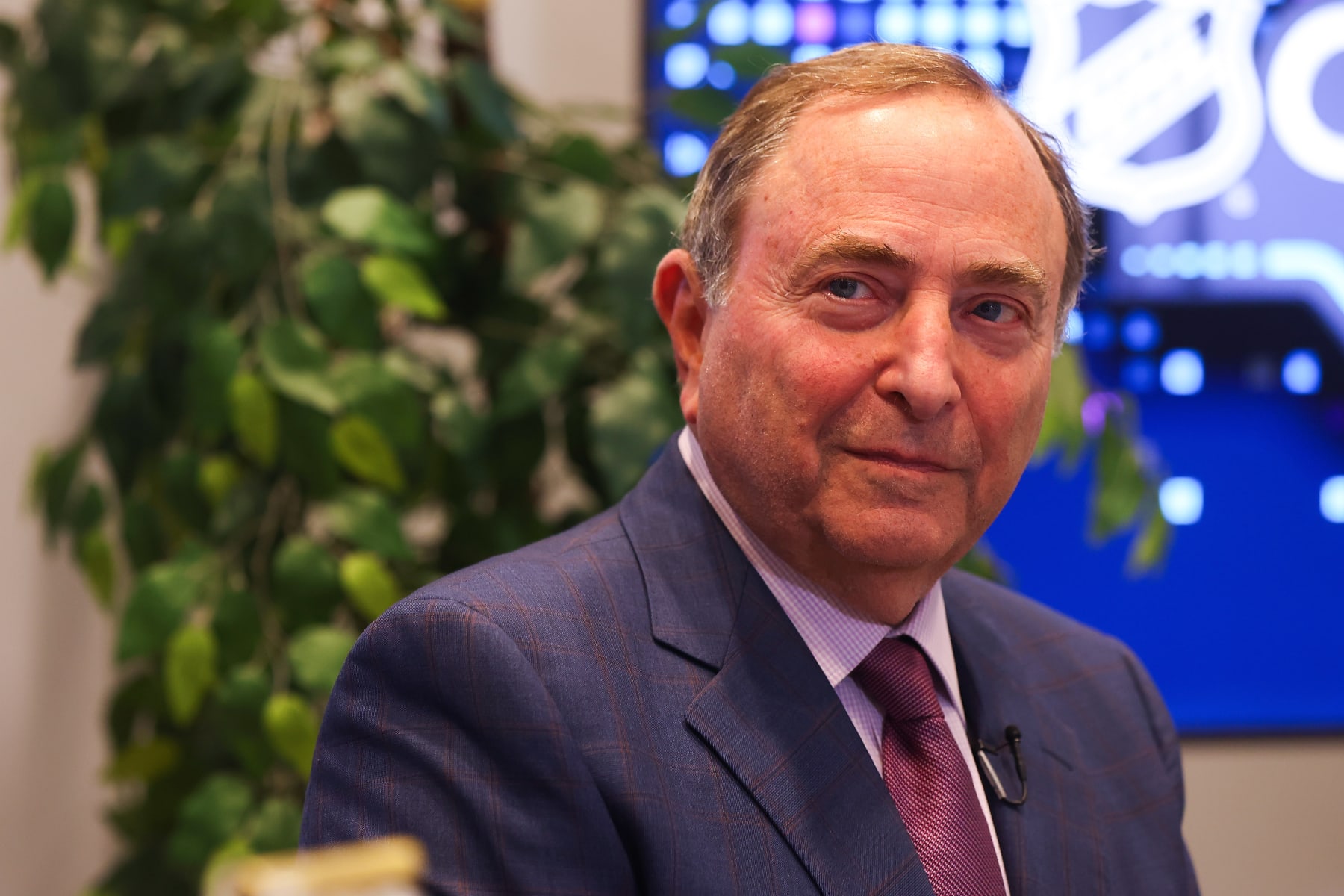Sports
NHL Announces $88M Salary Cap for 2024-25 Season, Up $4.5M from 2023-24

For the first time since 2018-19, the NHL Salary Cap is seeing a significant increase.
The NHL and the NHLPA announced Saturday the salary figures for the 2024-25 season, with the lower limit being set at $65 million, the midpoint being $76 million and the upper limit being $88 million.
The upper limit will be an increase from the $83.5 million figure for the 2023-24 season and is the largest increase since the league went from $75 million in 2017-18 to $79.5 million in 2018-19.
The upper limit increased by $2 million from 2018-19 to 2019-20 and stayed at $81.5 million in 2020-21 and 2021-22. This was the first time since the salary cap was put in place ahead of the 2005-06 season that the number had stayed the same in multiple seasons, and it only saw $1 million increases in 2022-23 and 2023-24.
This period of stagnation limited team’s ability to pursue free agents and improve at the trade deadline due to 20 teams having under a $1 million in cap space and 15 teams having zero or negative cap space in 2023-24, per Spotrac.
The NHL has a “hard cap,” which means that team’s are unable to exceed the salary cap and will be faced with losses of draft picks, players and other punishments for infractions. This differs from other professional leagues that utilize a “soft cap” that allows team’s to pay extra and have exceptions that allow it. This is notably the system that the NBA uses.
This increase will allow the 32 franchises to have a little more room to spend this offseason. Some notable unrestricted free agents include Steven Stamkos, Matt Duchene, Sam Reinhart, Elias Lindholm and Jake Guentzel. Some notable restricted free agents include Jeremy Swayman, Lucas Raymond and Filip Hronek.
Additionally, players like Leon Draisaitl, Sidney Crosby and Travis Konecny are extension eligible on July 1, which could help others with planning if the cap were to return to it’s former increase pace of about $2-to-$4 million per season.


)






